Country Selector
Please enter a valid location
Meet the 2025 regional ESAP winners

As committed stewards of the land, cattlemen and cattlewomen must continuously evolve and innovate as they strive to be better producers and caretakers. For more than 30 years, Corteva Agriscience has proudly supported the National Cattlemen’s Beef Association and fellow sponsors in celebrating these leaders in stewardship.
Environmental Stewardship Award Program (ESAP) winners are nominated by local organizations, conservation groups, or fellow producers. ESAP winners are selected annually by the Environmental Stewardship Award Selection Committee — a blue-ribbon group of representatives from universities, conservation organizations, and federal and state agencies.
The 2025 class includes six regional winners. The committee selects one national winner from these regional award recipients. That announcement is during the National Cattlemen’s Beef Association Convention in February 2026.
Congratulations to the following 2025 Regional ESAP winners!
Region I
Whispering Hills Farms – Lawrenceburg, Kentucky
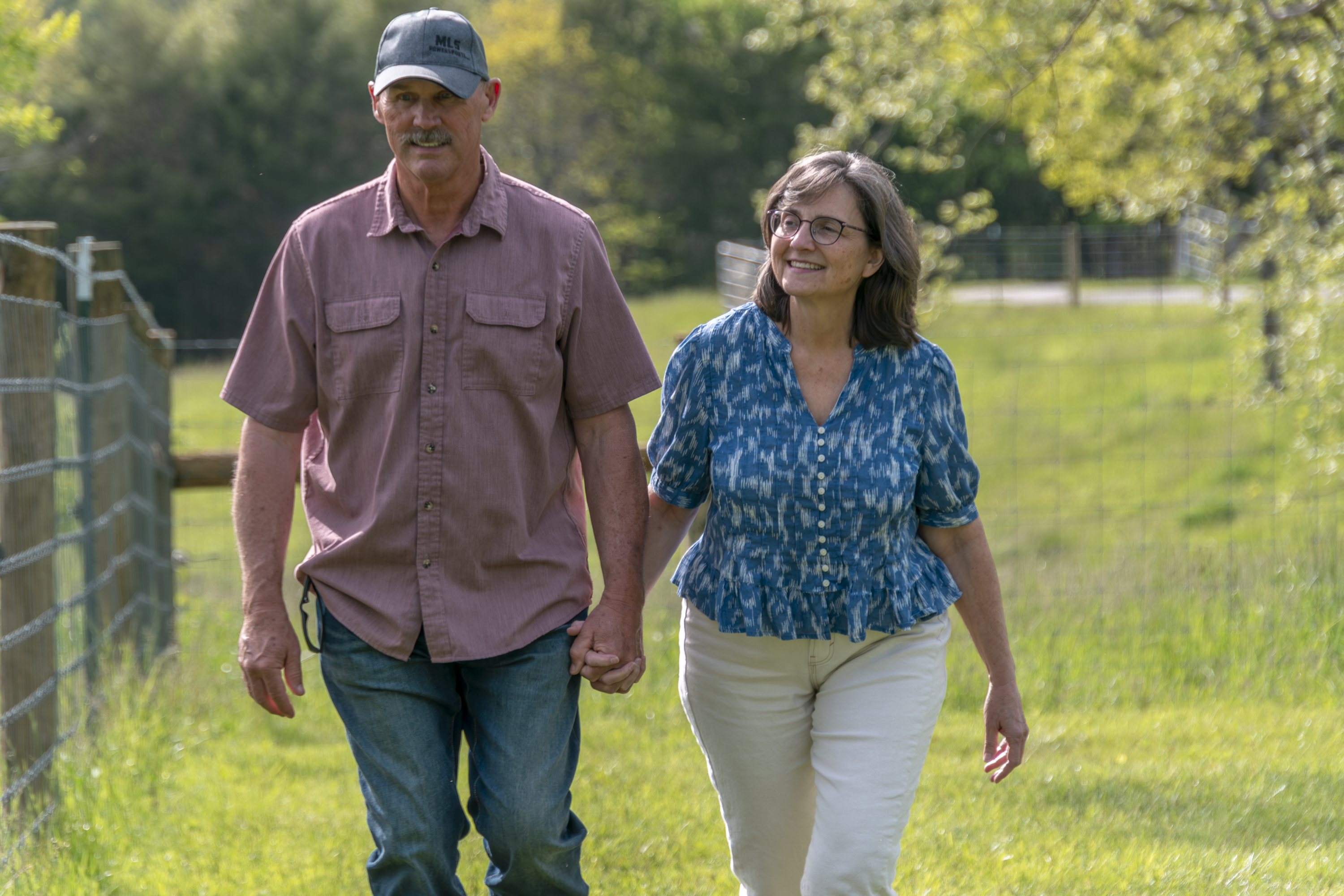
When Mike Wilson and his wife, Tammy, purchased Whispering Hills Farms in 1999, they knew the land was special. With about 60% of the 197 acres being Eden flaggy silty clay, Mike knows this highly erodible acreage must be handled with care. By using rotational grazing during summer months and utilizing Bo Renfro structures, heavy-use feeding pads, and geotextile fabrics to mitigate the effects of winter feeding, Mike has created a thriving and profitable operation. His theory: As a farmer, it’s his job to take care of the land, and if you take care of it, it will take care of you.
Region II
M&D Overstreet Ranch – Kathleen, Florida
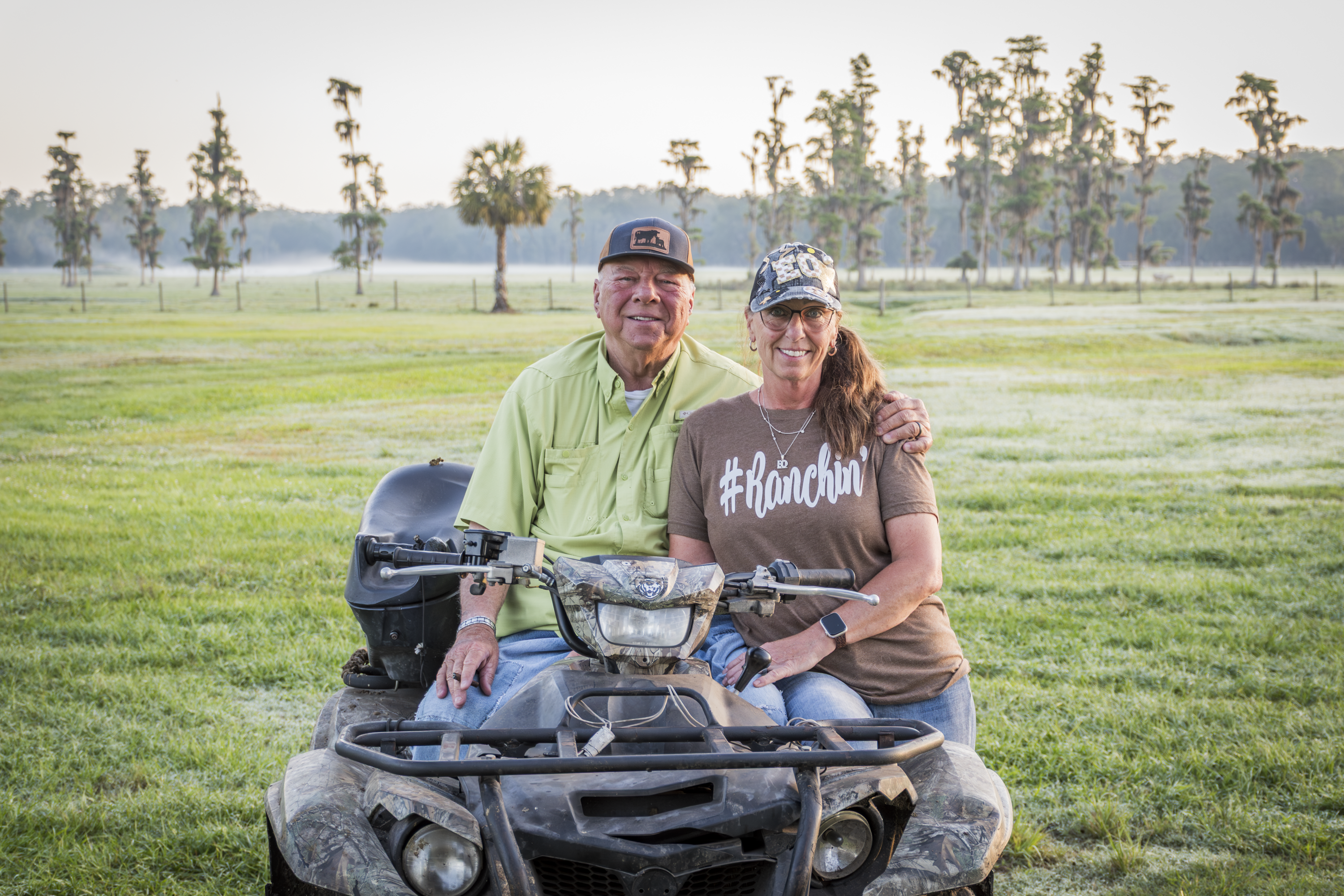
Spanning 6,000 deeded and leased acres in the heart of Florida's Green Swamp, M&D Overstreet Ranch is a third-generation cow/calf operation and a testament to the Overstreet family's ability to adapt, innovate, and protect the land while carrying forward a legacy built on both tradition and conservation. Mark Overstreet, paralyzed from the waist down since 1970, has never let his disability keep him from stewarding the land. With modified equipment, sheer determination, and an unbreakable spirit, he continues to oversee rotational grazing, soil restoration, and water conservation projects that benefit not just the 600 cattle on his farm, but Florida as a whole.
Region III
Smith Family Farms – Bankston, Iowa
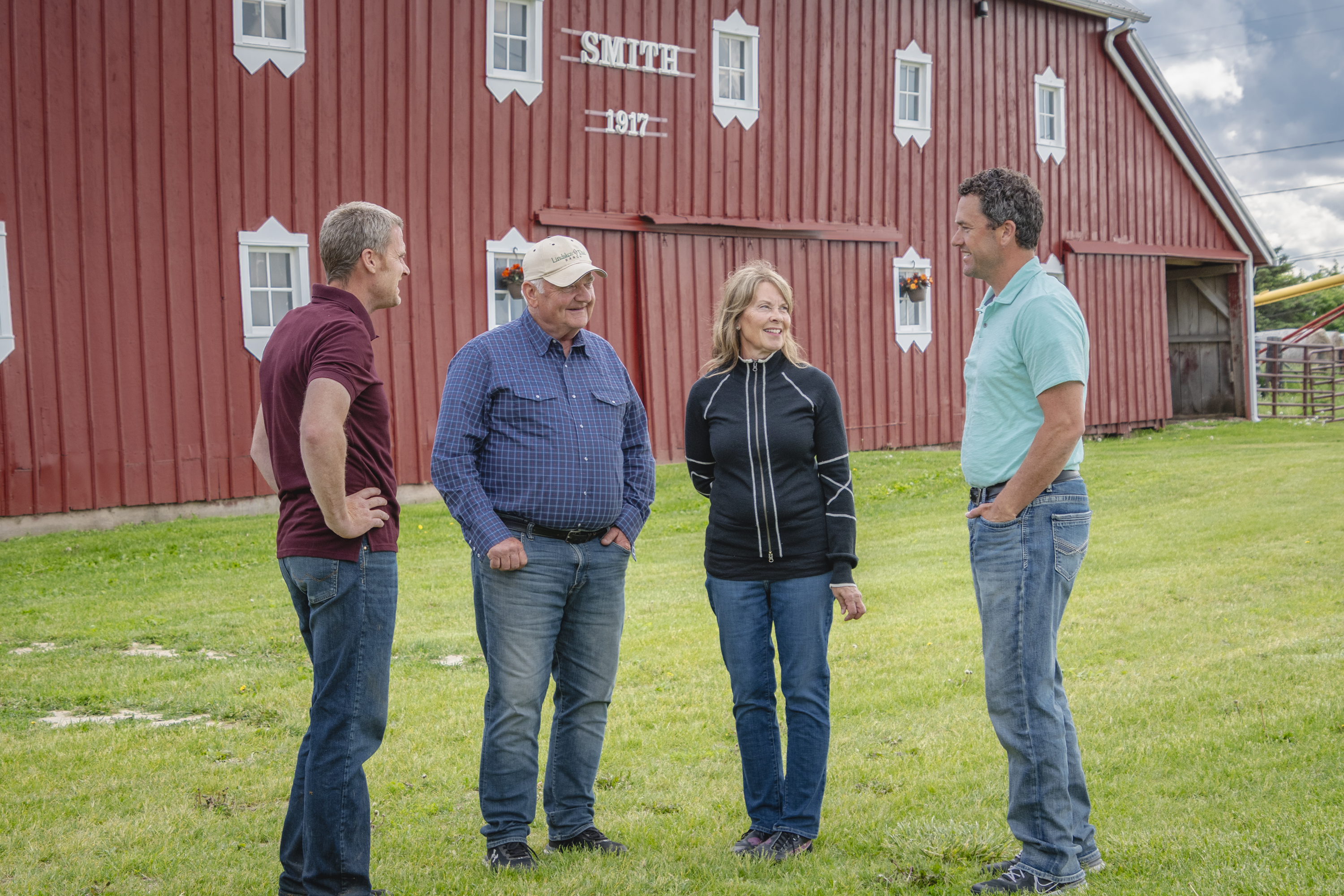
Smith Family Farms is a 425-head Red Angus/Charolais cow/calf operation owned and operated by Jack and Maria Smith and their sons, Ted and Nick, in the Driftless Area of northeastern Iowa. A fifth-generation farmer, Jack is passionate about the practices used to maintain soil health, water quality, and a thriving herd on his family’s land. The three pillars of success for Smith Family Farms are rotational grazing of cows, planting cover crops, and employing no-till cropping systems. By implementing these three complementary strategies, the Smith family has built a sustainable and profitable operation for generations to come.
Region IV
McFaddin Ranch – Victoria, Texas
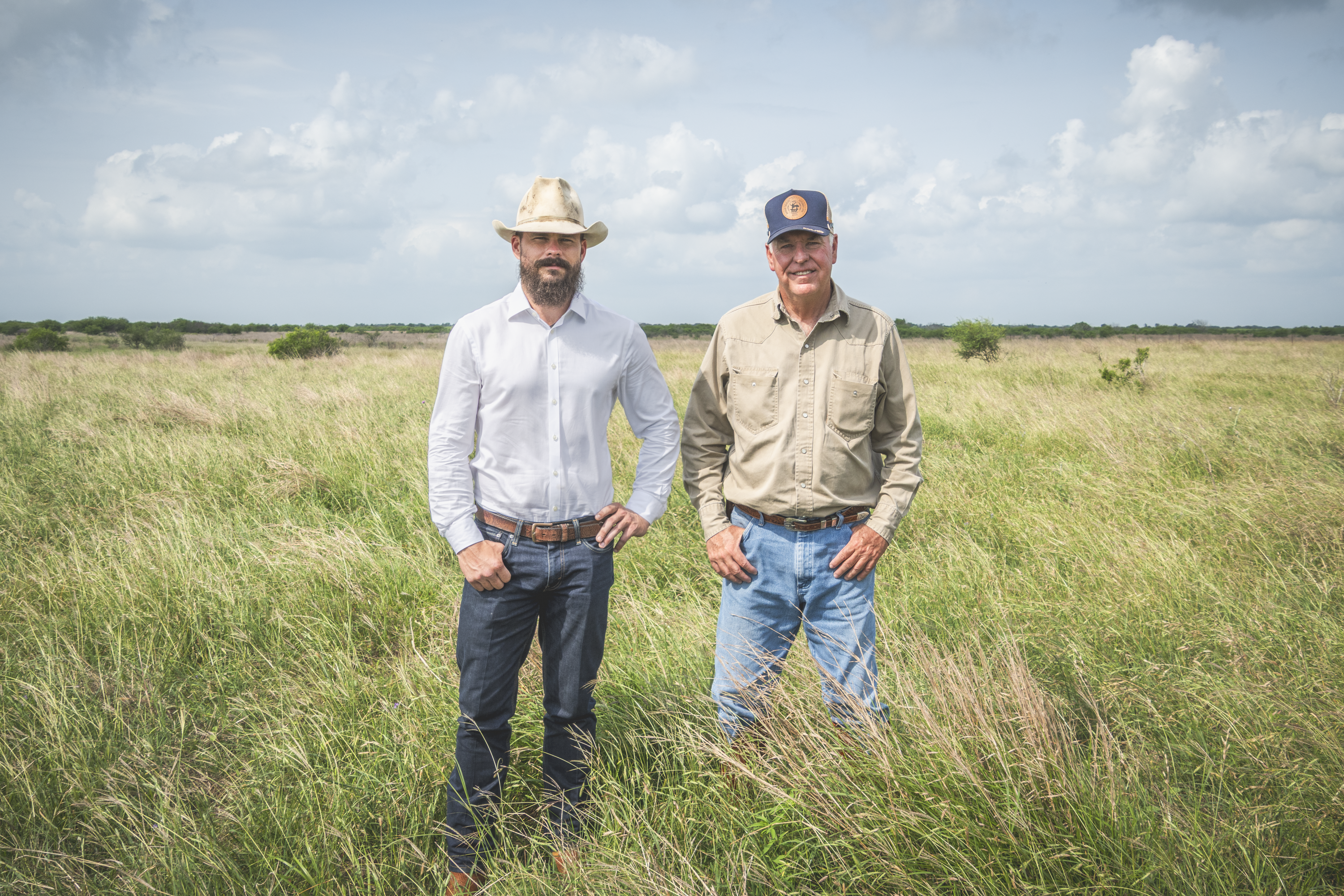
Bob McCan, great-great grandson of James Alfred McFaddin, is a co-owner and general manager of McFaddin Enterprises, Ltd., representing the fifth generation of the family to operate McFaddin Ranch. Each year, the family markets about 80 to 85 commercial bulls and 300 to 400 commercial Victoria Braford heifers. Under Bob’s leadership, the McFaddin Ranch began implementing a rotational grazing system to preserve and restore the natural coastal prairie. The program revitalized native grasses such as big bluestem, now flourishing on 30% to 40% of the pasture forage, and improved land quality, with the rangelands now considered to be in low- to high-excellent condition.
Region V
G&G Livestock and Cathey Cattle Company – Polson, Montana
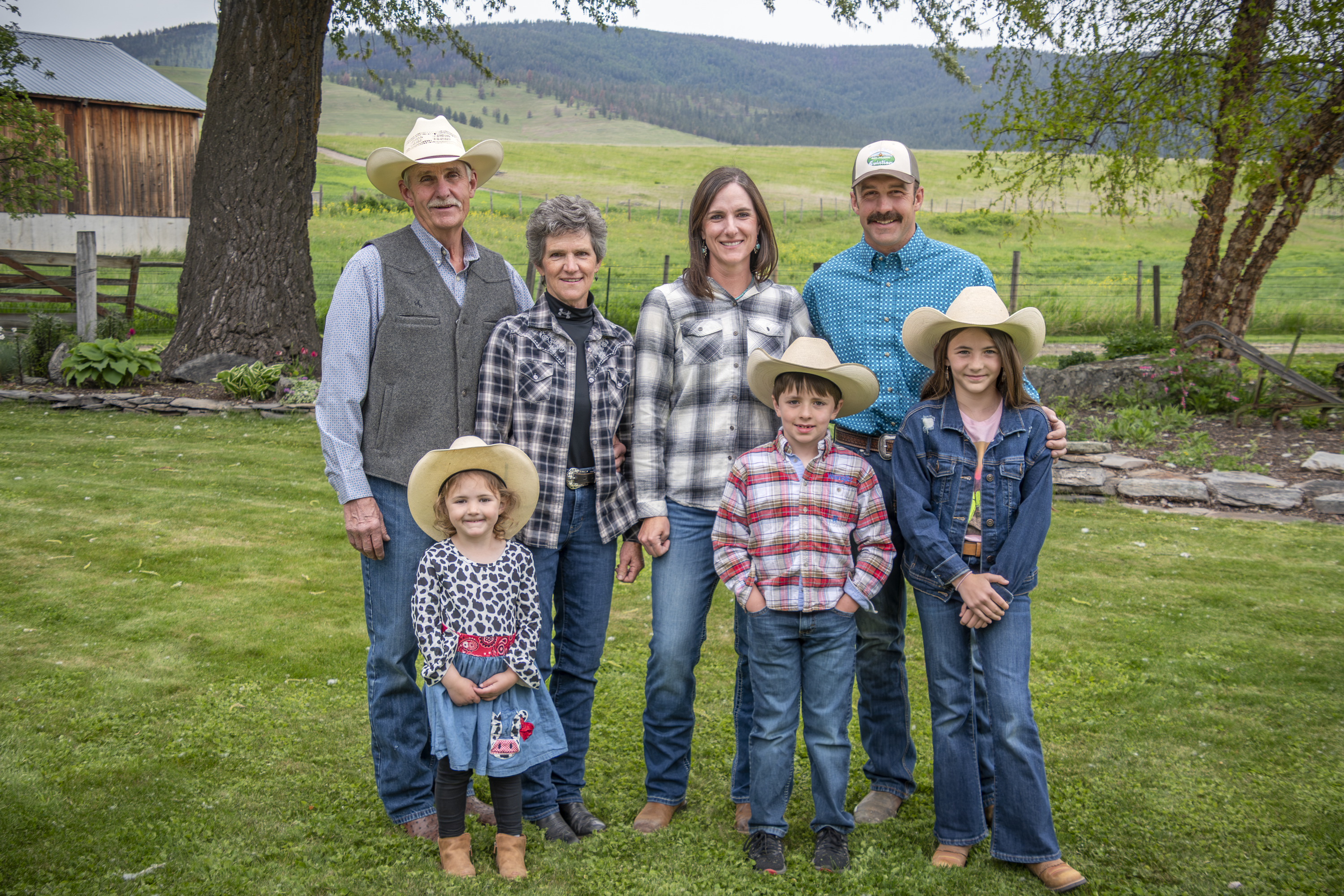
G&G Livestock and Cathey Cattle Company is owned and operated by the Gardner and Cathey families, which include Greg and Lynn Gardner and their daughter, Brittany, and son-in-law, Wacey Cathey. The families manage a 950 cow/calf business on approximately 28,700 acres among deeded land and private, state and tribal leases, and a grass-finished direct-to-consumer beef business. The families focus their sustainability and conservation efforts on weed control, grazing management, and water development.
Region VI
Wine Glass Ranch – Imperial, Nebraska
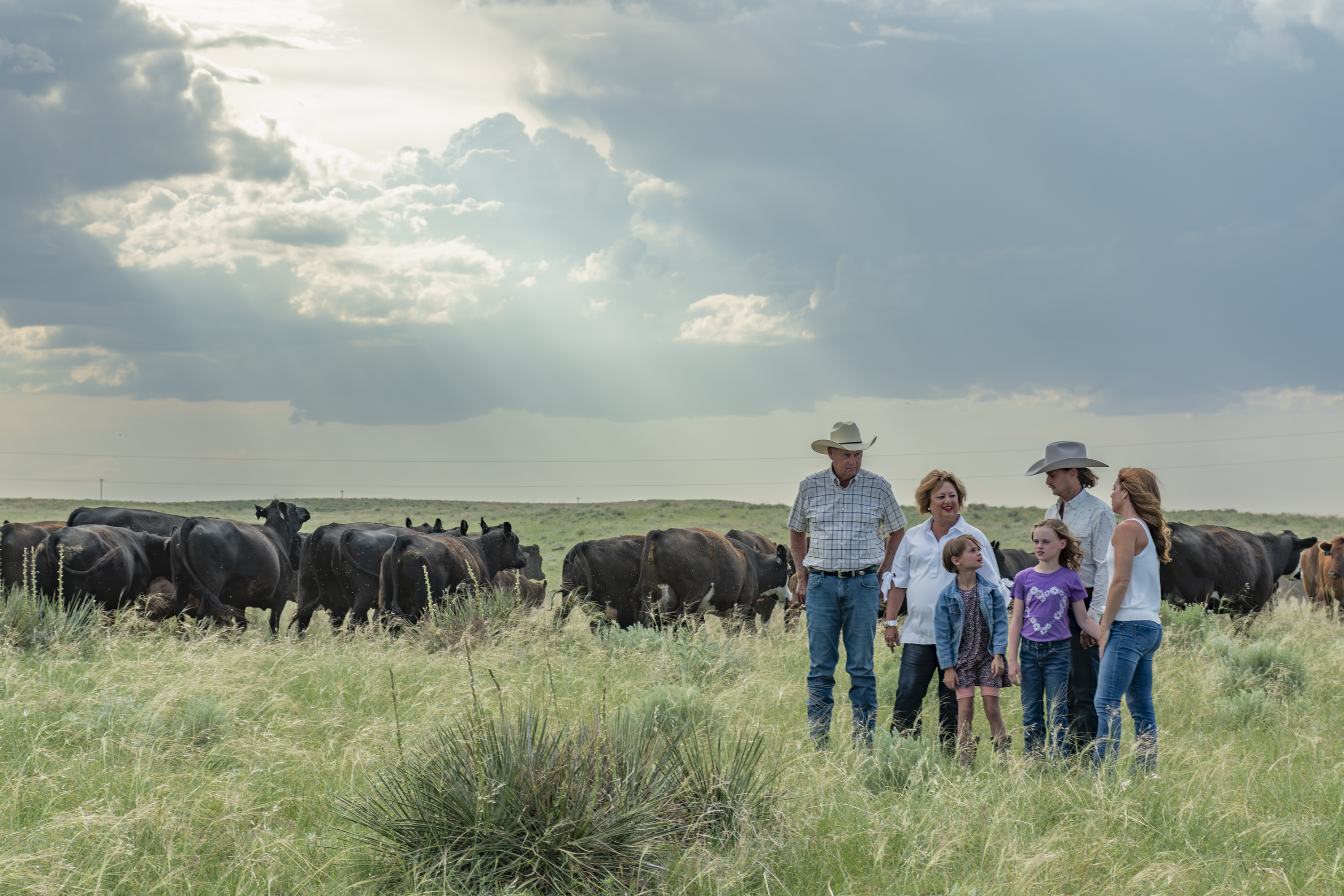
Jeff and Connie Pribbeno and their son and daughter-in-law, Logan and Brianna Pribbeno, own and operate Wine Glass Ranch in southwest Nebraska where they, on average, raise 2,000 cows and 3,000 stockers annually. The Pribbenos have 23,000 acres under their direct management, and they lease an additional 12,000 acres for grazing purposes. Growing a mixture of warm- and cool-season grasses, the rotational grazing model used on Wine Glass Ranch allows up to 95% of the ranch's land to be resting at any given point of the year, giving forage a chance to thrive and regrow.
Always read and follow label directions.
